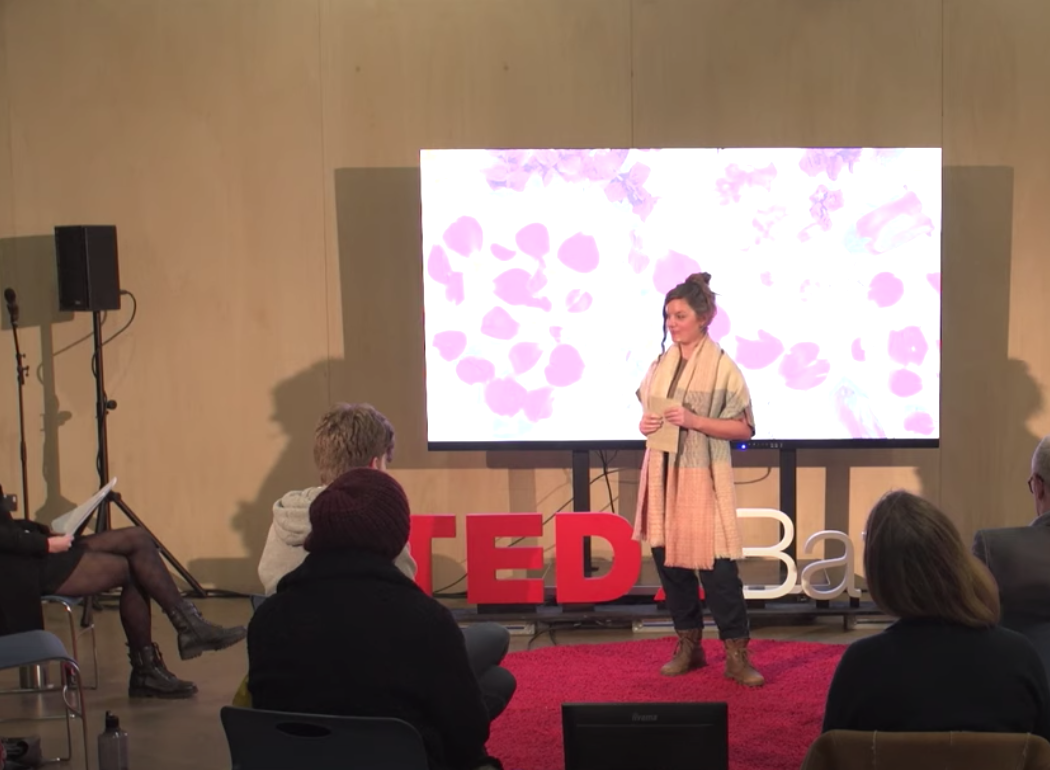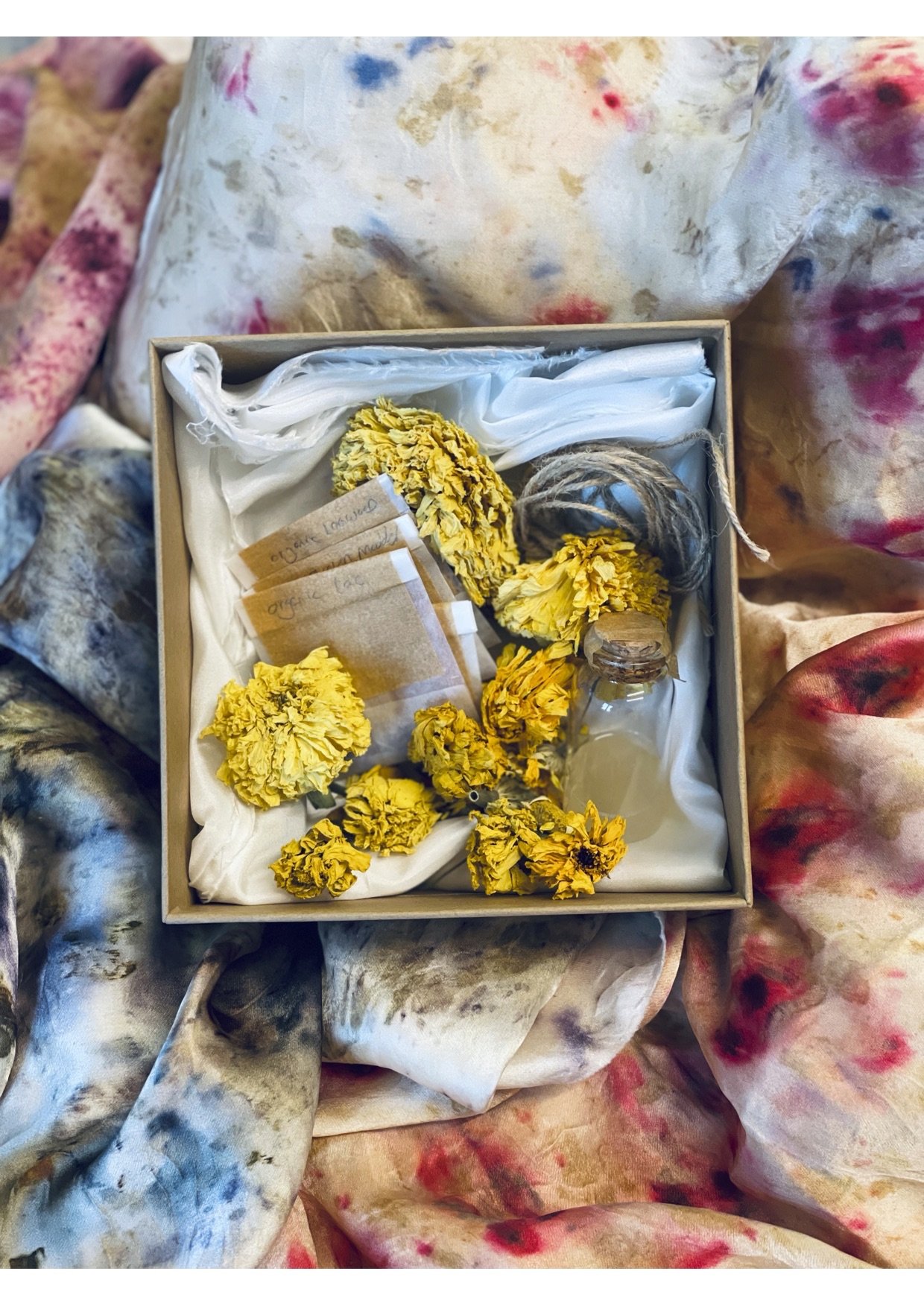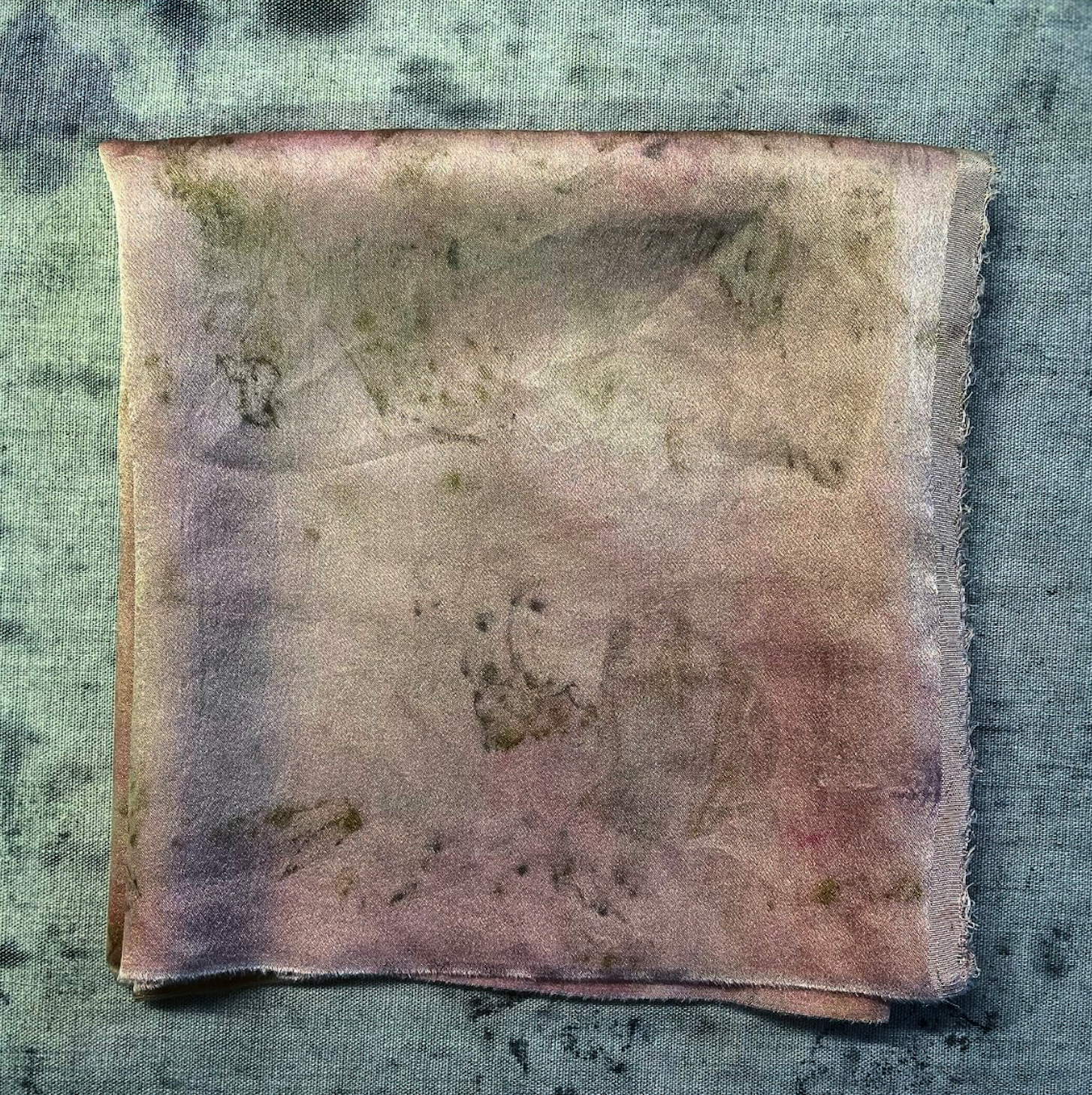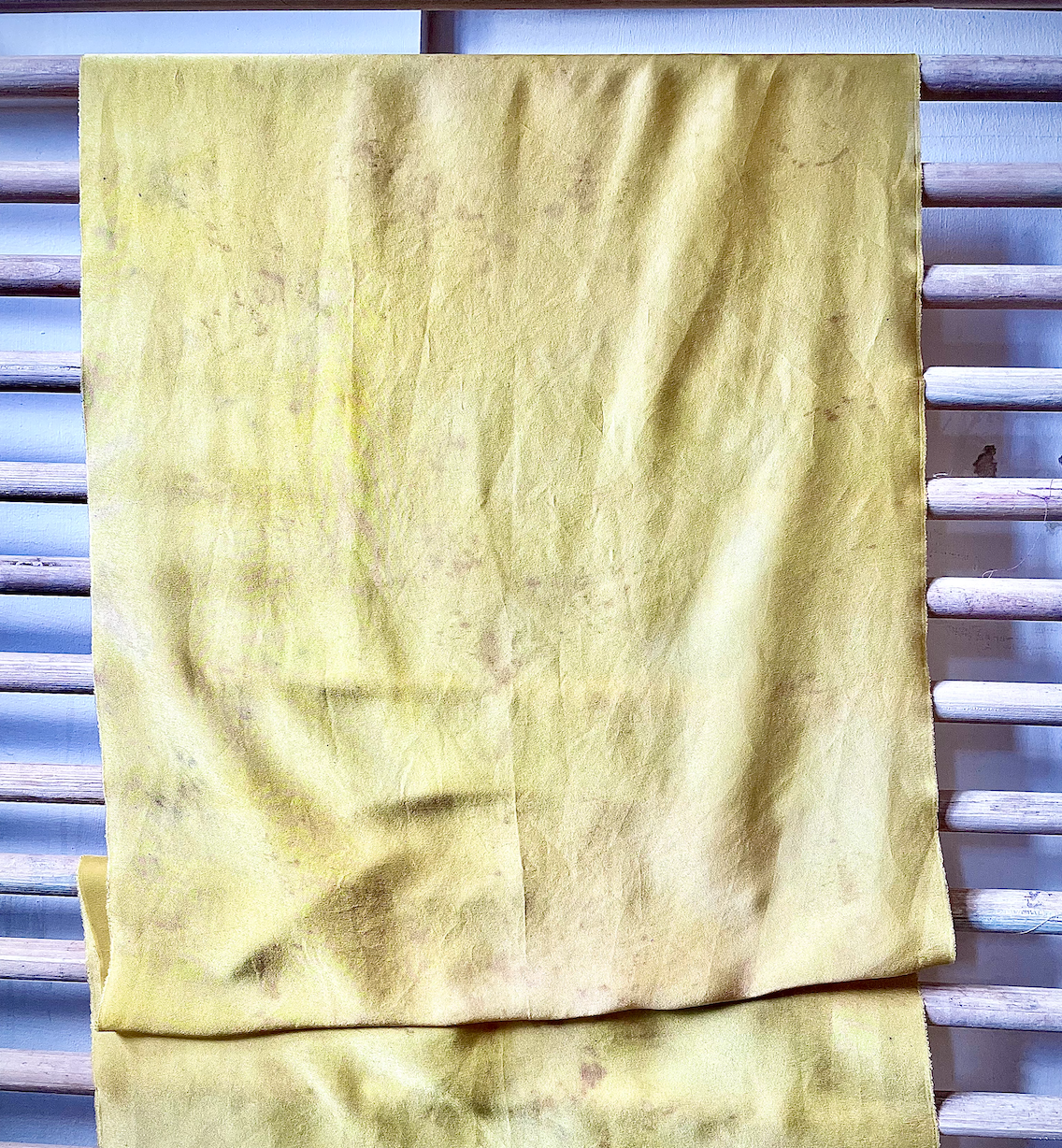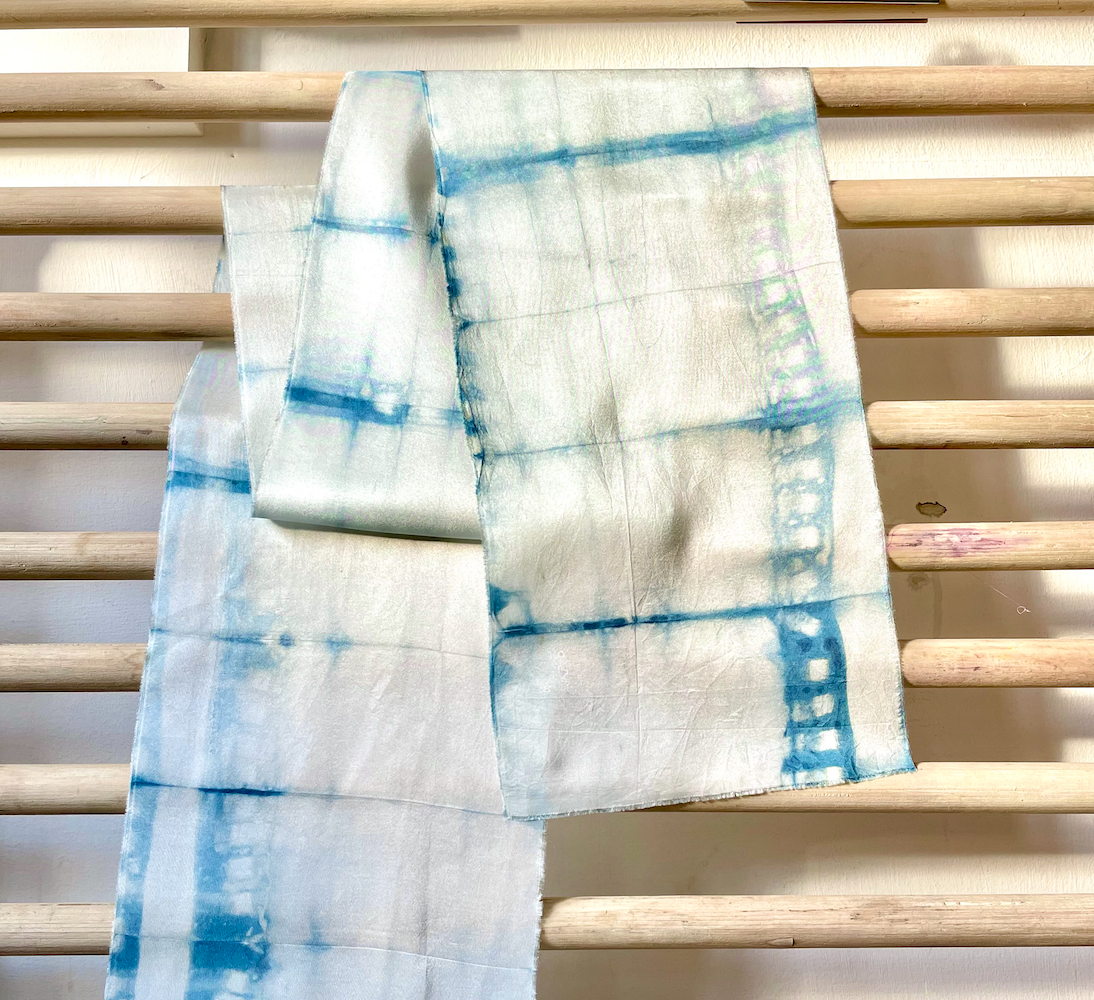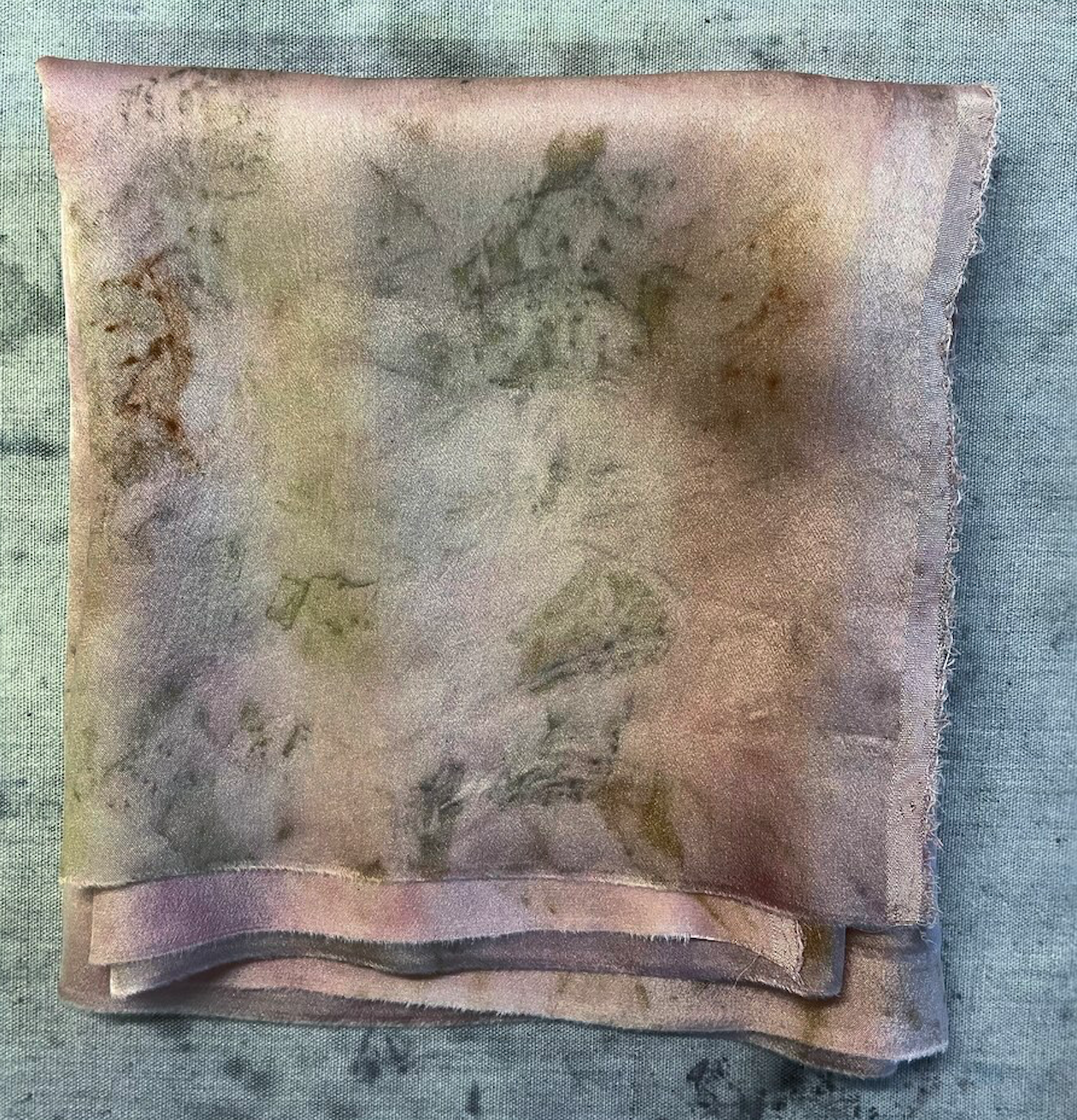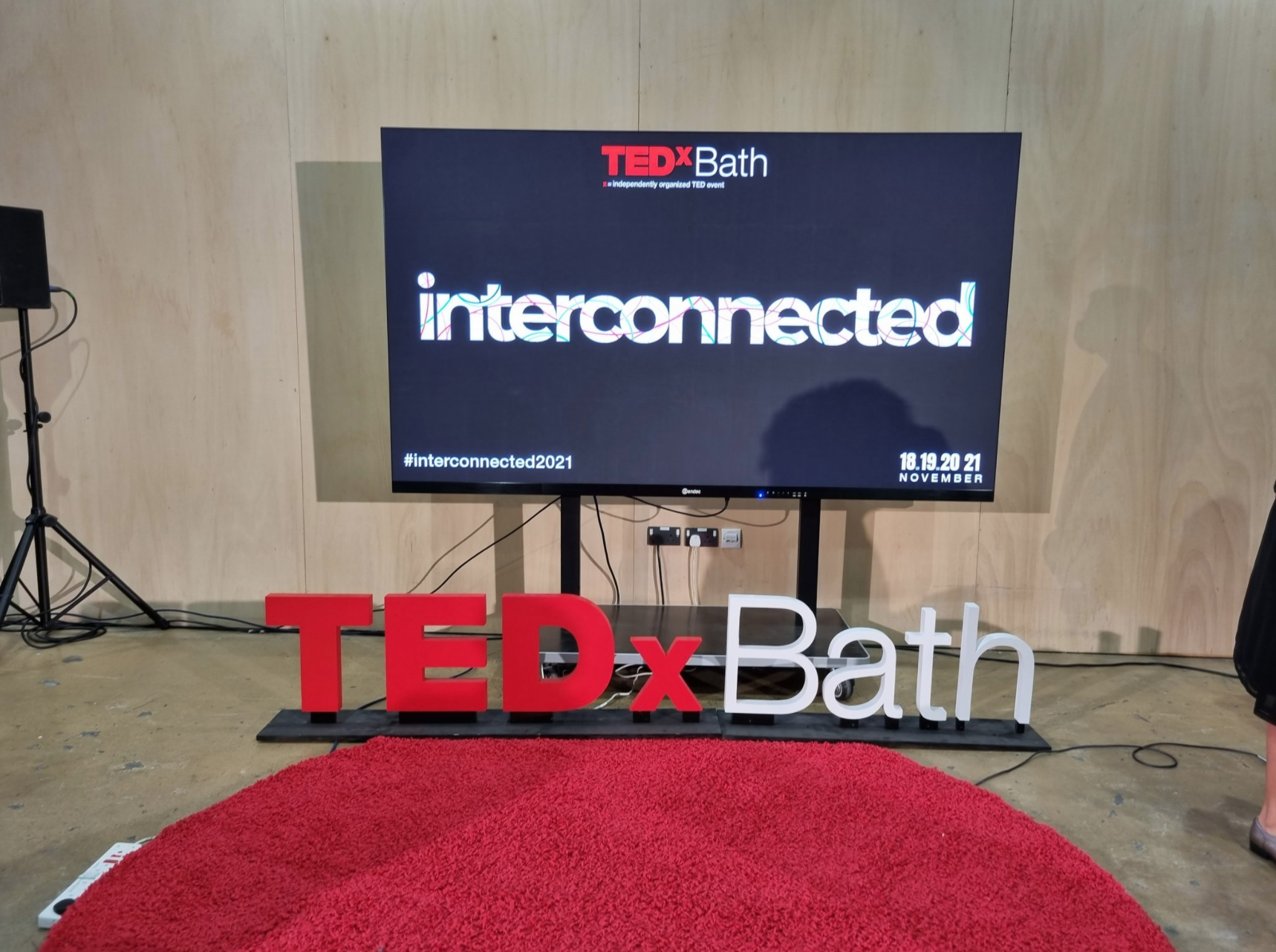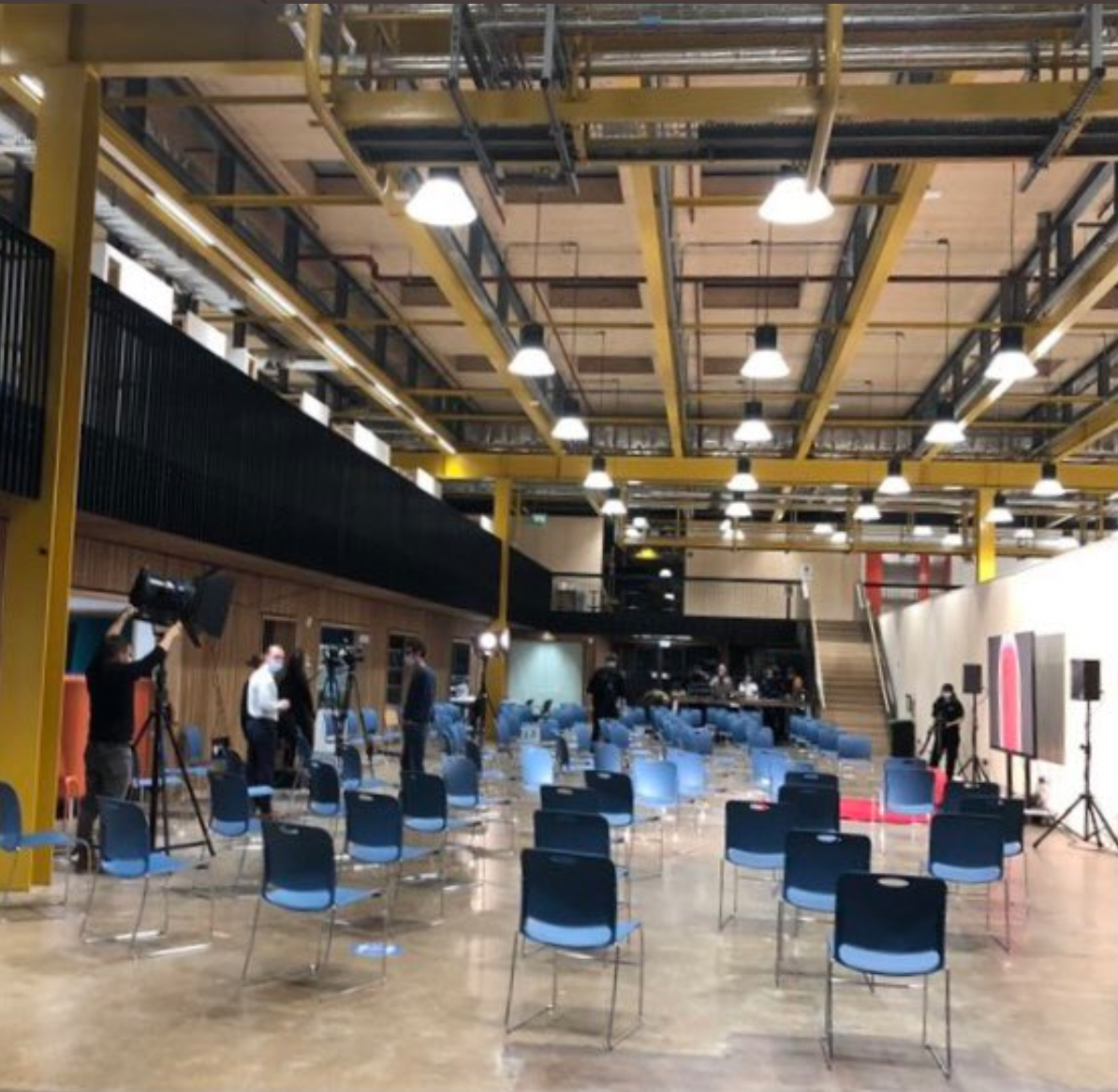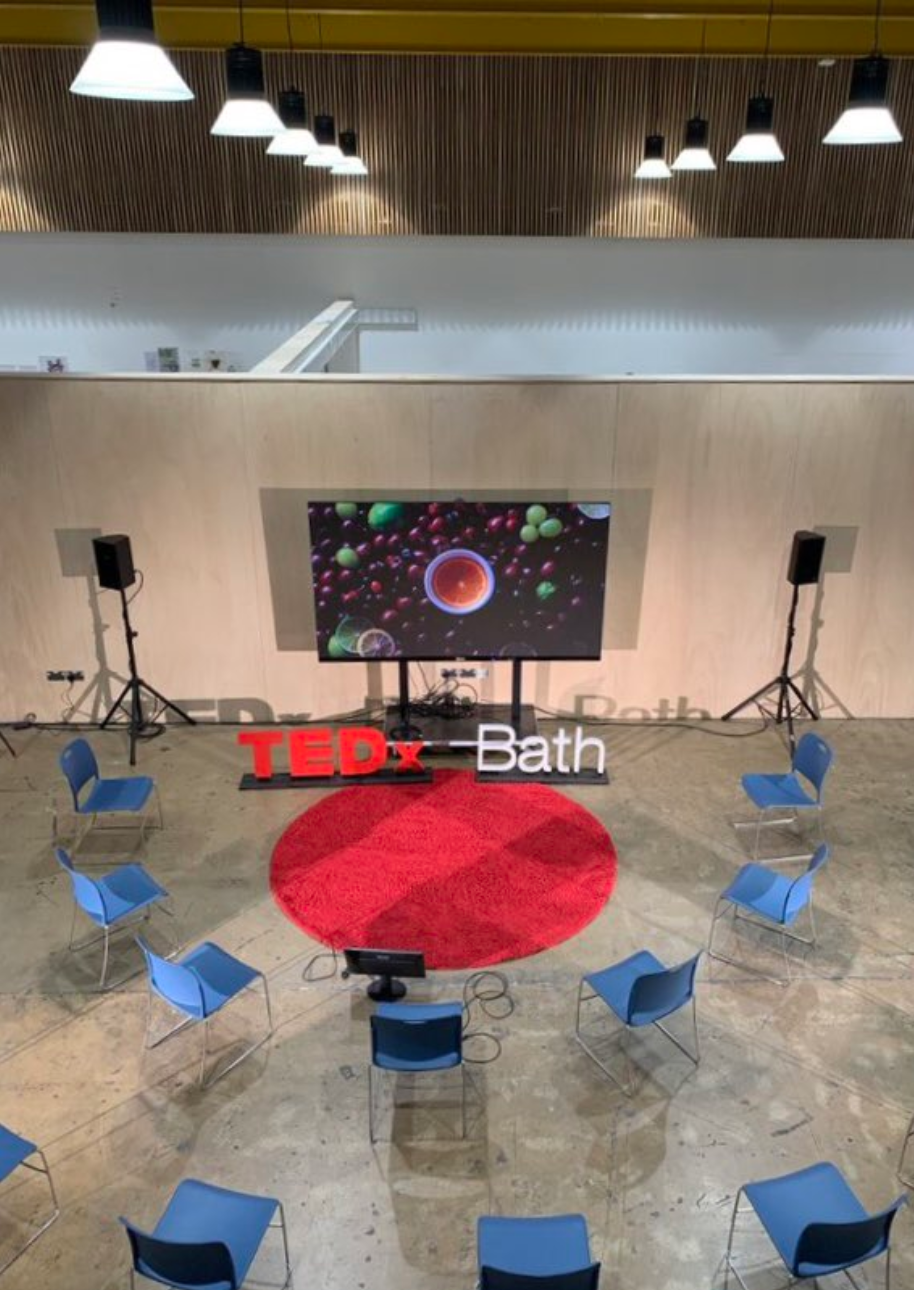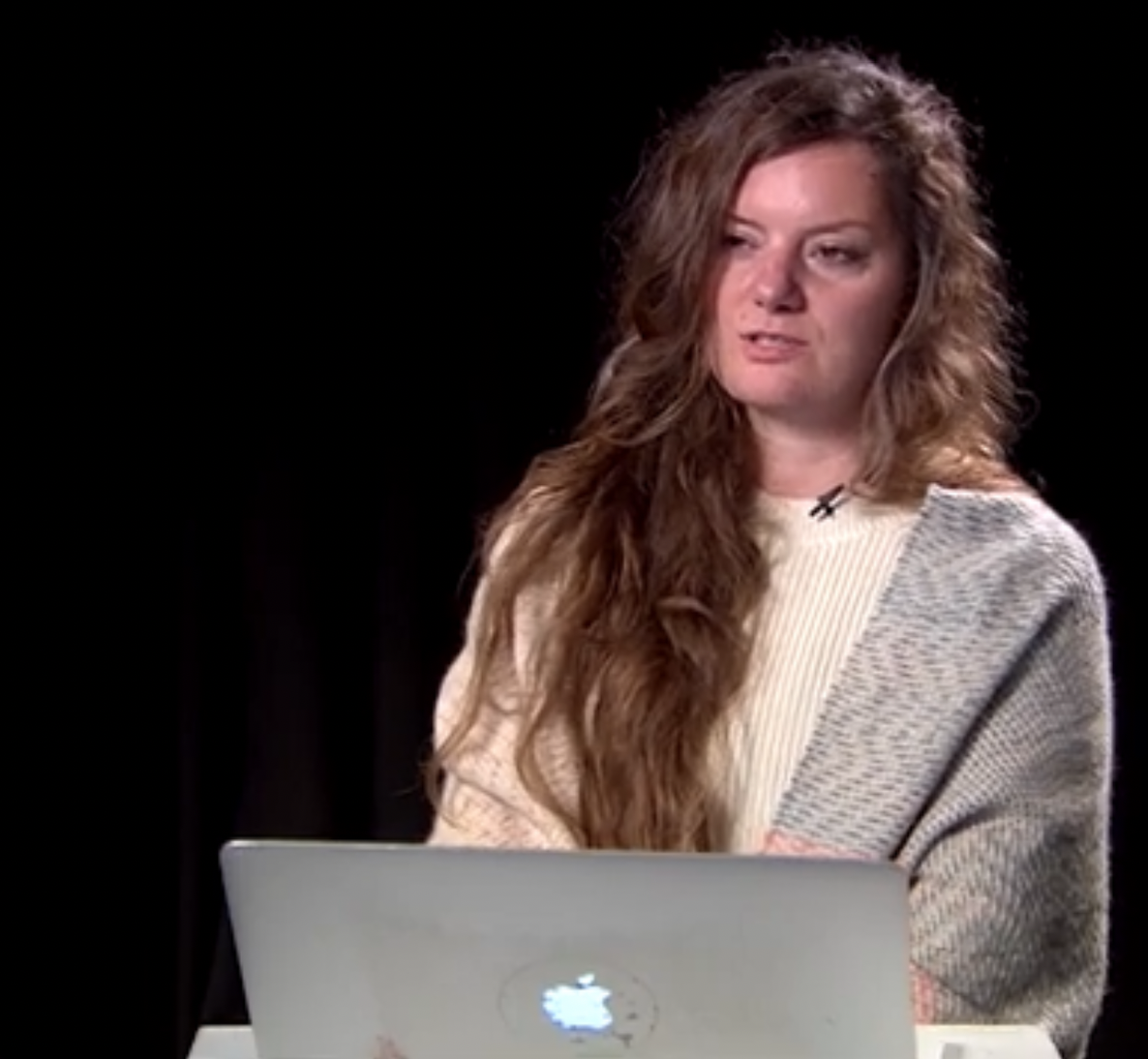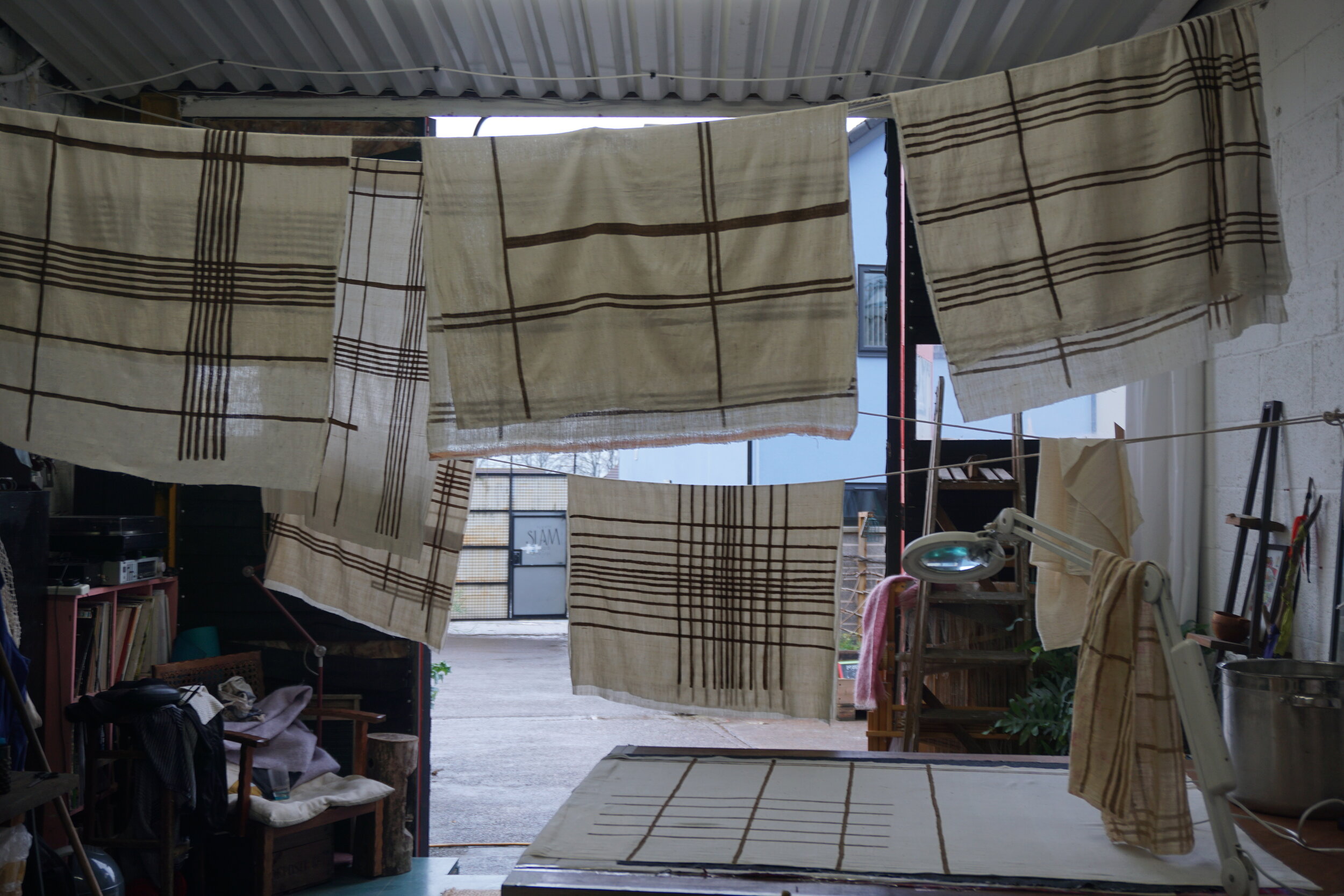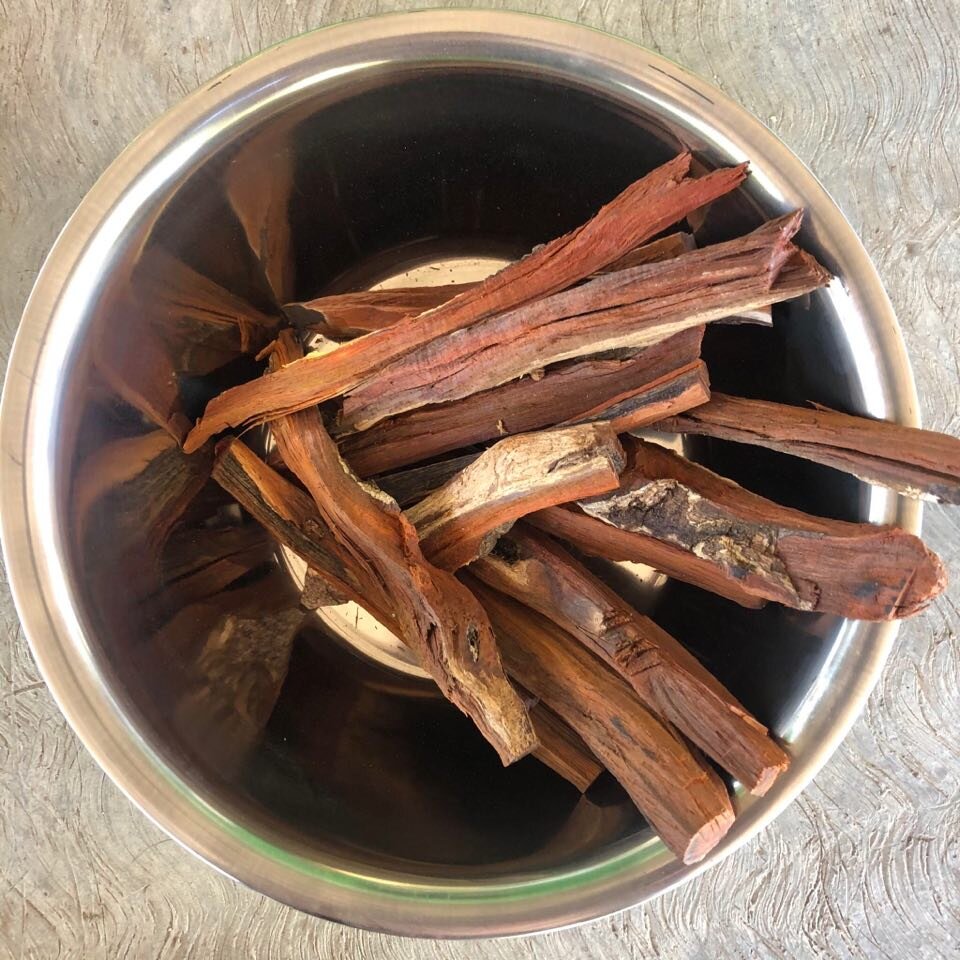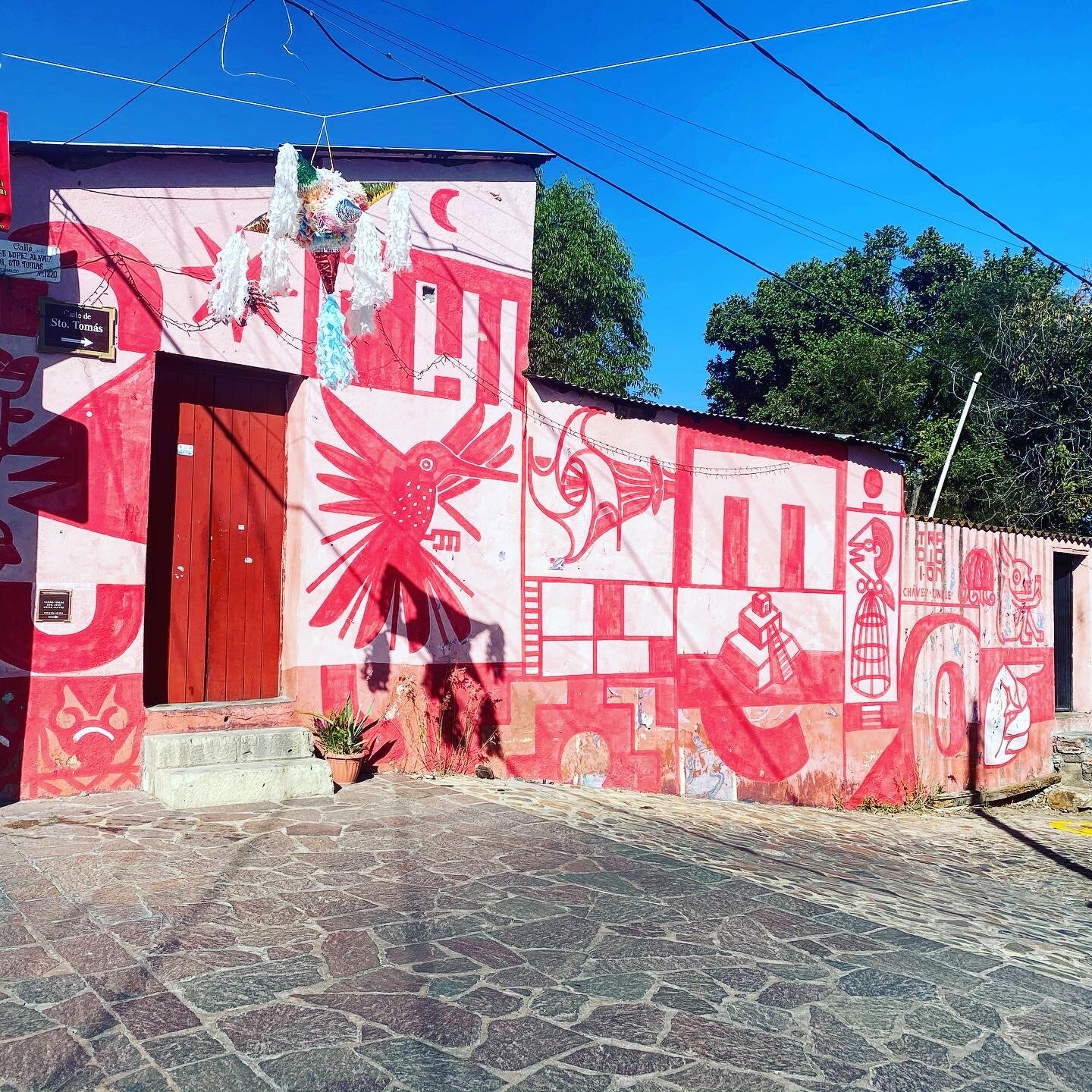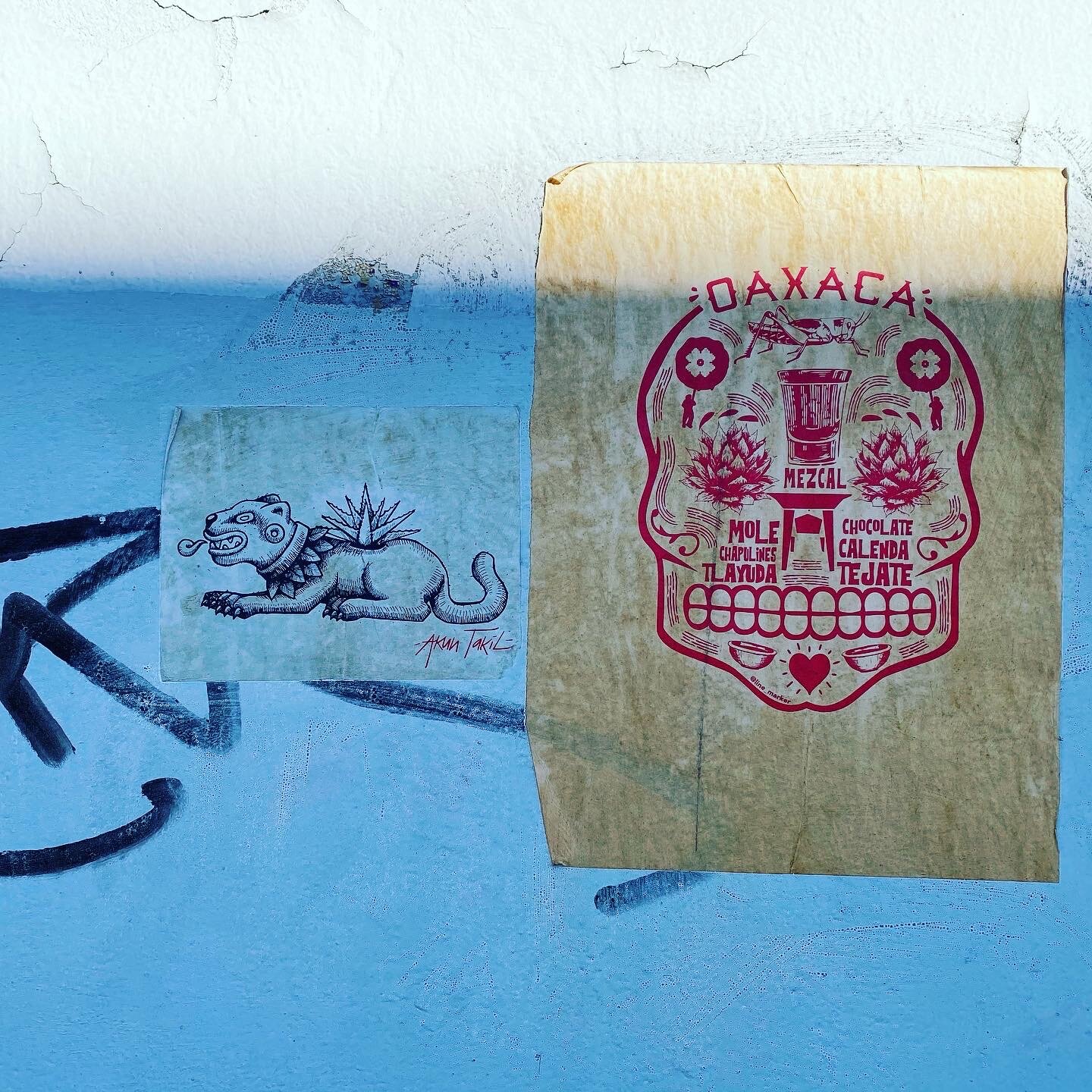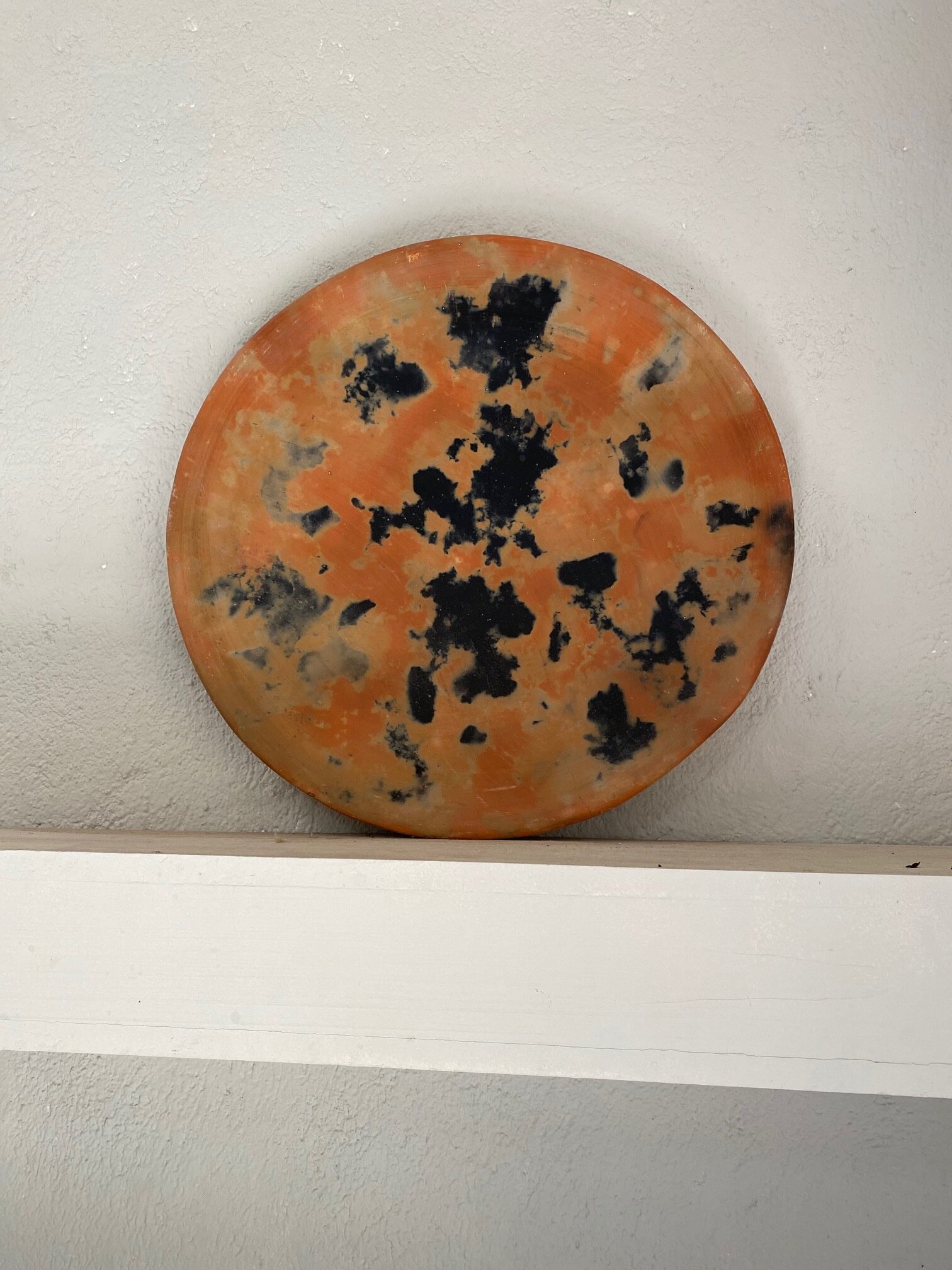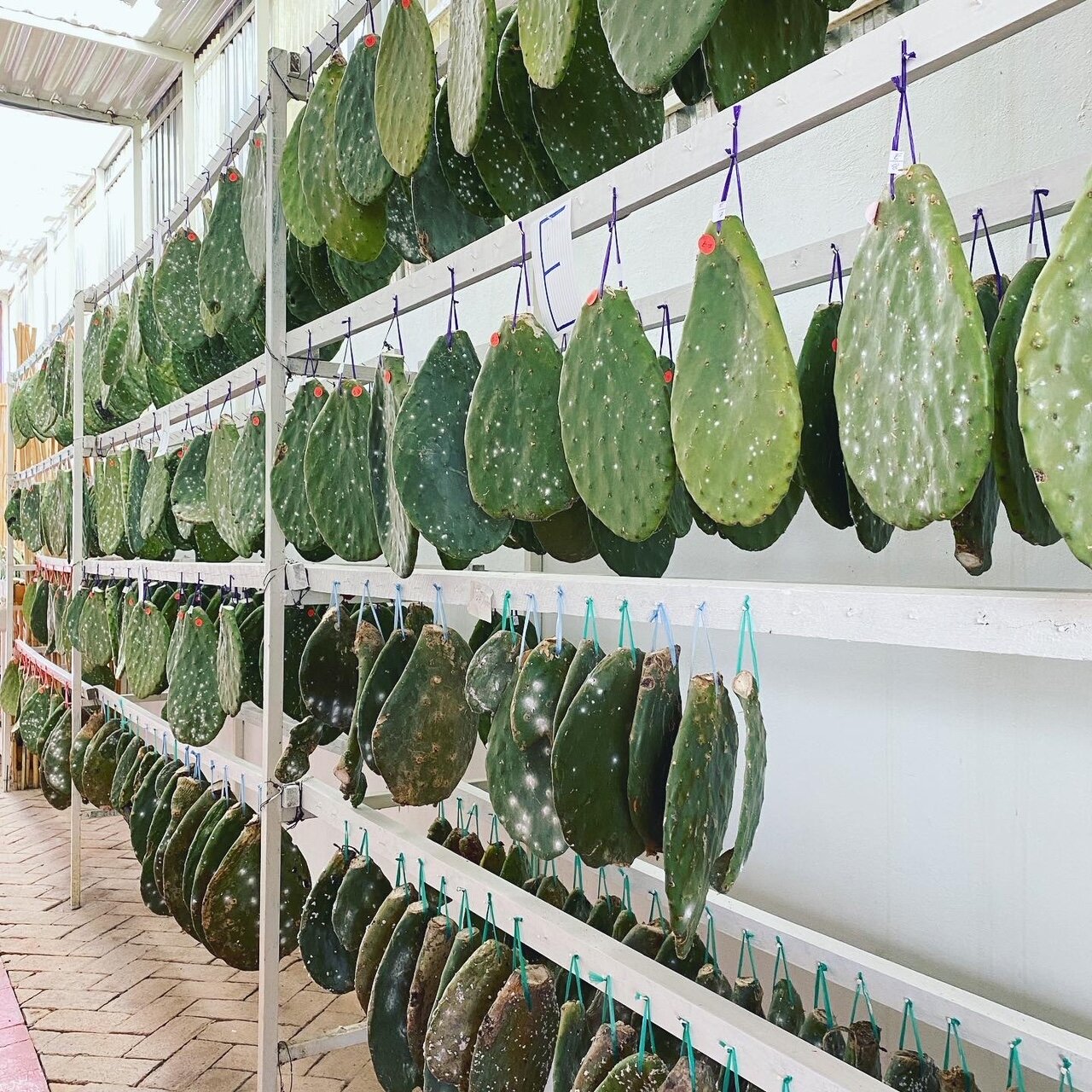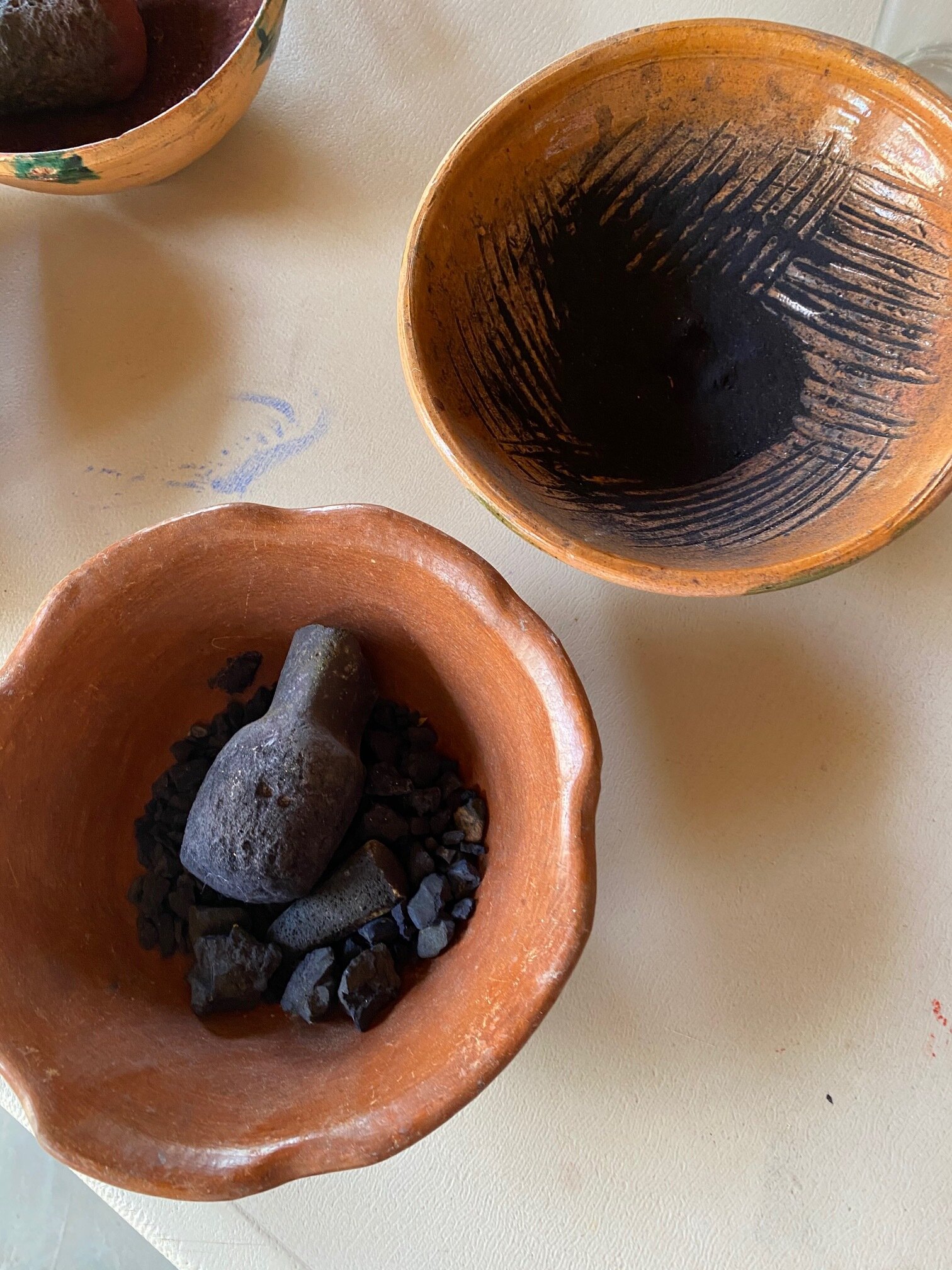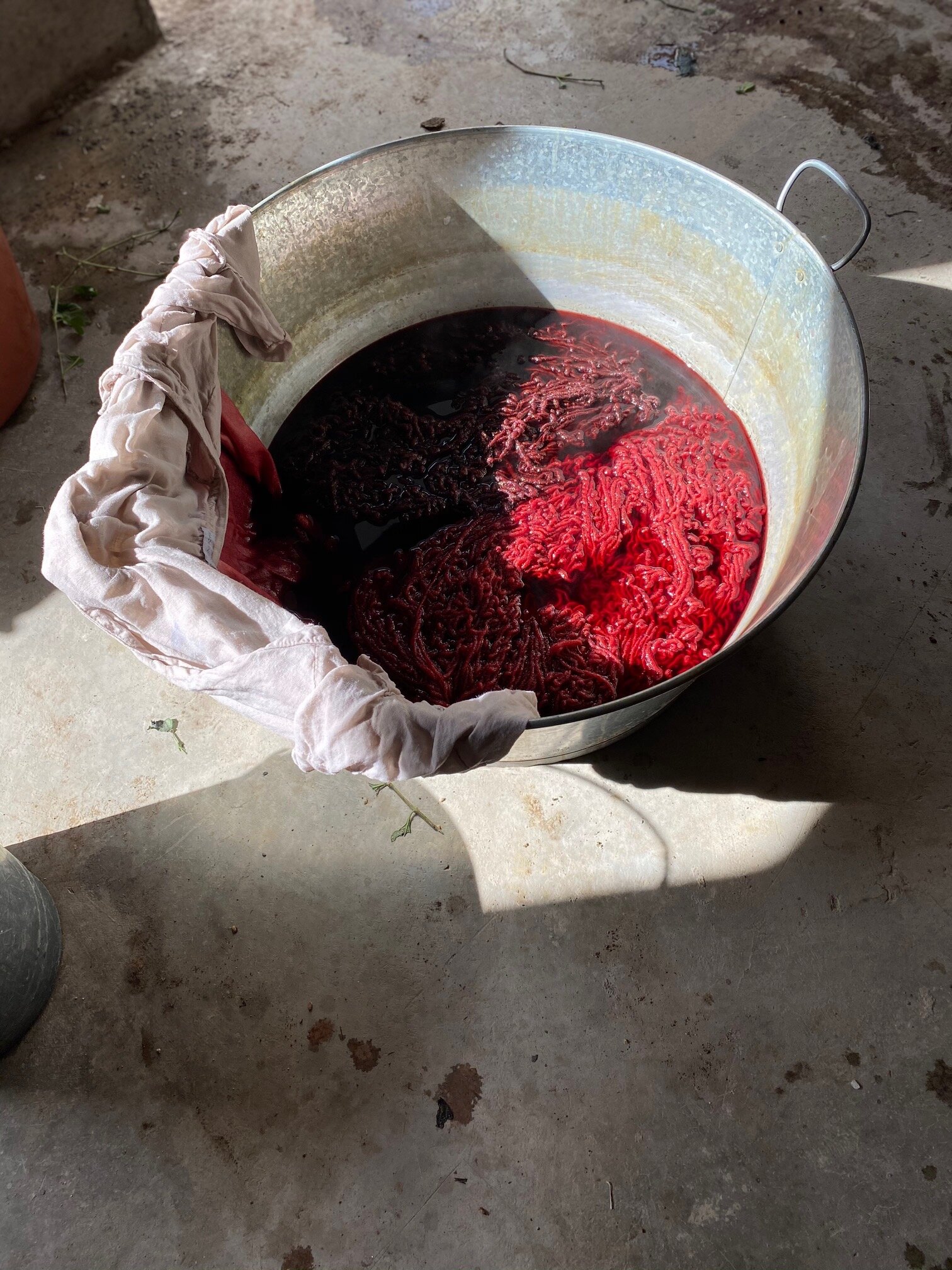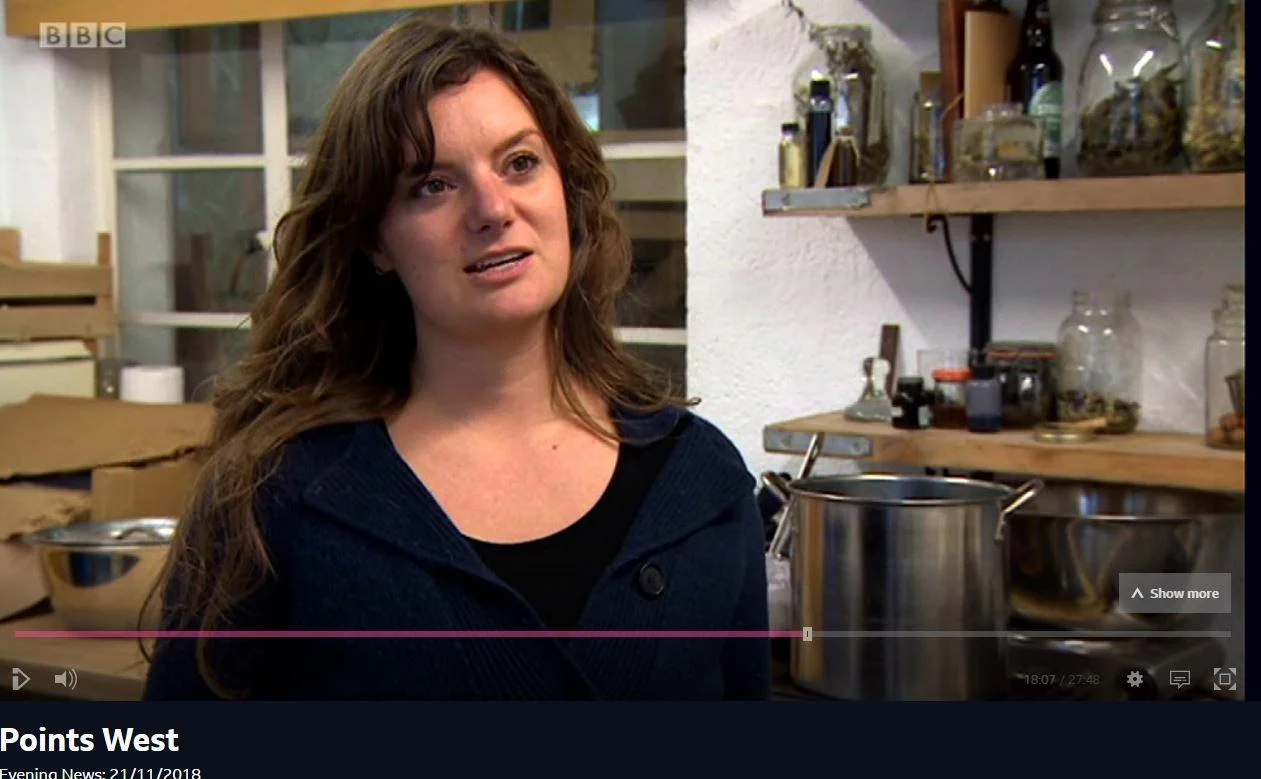A Heartening Success
WOW
Thank you all so much for making this happen!
We raised over £18,000 through our Bristol Cloth crowd funder, which has funded the production of the first 200 metres of cloth.
The suiting quality is back from the finishers and has been sent our to our backers and on to our taiors and be made into locally sewn garments and accessories for you wondeful crowdfunder backers!
The second fluffier quality finish for our scarves is due to be back any day along with all of our scarves and throws, which I can then start sending out to the rest of the campaign pledges of wonderousness.
It looks like we have some surplus stock - by some delightful miracle of joyous wonder!
So please go on and buy yourself some scarves and meterage of cloth immediatley and be part of the final chapter of this heart opening and soul nourishing story of support, ecology, forward moving, boundary breaking, future envisioning and mmove making, community nourishing, heritage preserving awesomeness..!
This is the last chance to buy and own some of this unique BRISTOL CLOTH
I am joyously awed by the far-reaching and expectation-superceeding impact it has had…
Not only did the crowdfunder campaign allow over 400 people to come together and crowdsource over £18,000 for the manufacture of the first 200 mteres of Bristol Cloth, the UK’s frst regeneratively farmed, organically plant dyed and artisan woven cloth, grown and manufactured entirely within the UK..
It became a national story…!! Shared across BBC and Sky News and even our beloved Countryfile…A true British institution!
As much as I believed and knew this project would be a great success …this has been waaaay beyond all possible pre-conceived expectations…
Thank you to every single one of you who participated by sharing and contributing and making this such an incredible story!
Thank YOU for being part of this and making this potentiality and reality.
Such gratitude to every one of you who have shared this story wih your friends, lovers, co-workers, family and community at larhe and the ones who wrote about us in magazies and newspapers, got us aired on regional and national TV and on global platforms online…This has been incredible…!!!!!!!
We now have 200 metres of cloth back from the finishers. And we have more than we expected for -another joyous revelation…!!
This means that you can buy cloth via our online store now, only for as long as the limited stock lasts..!
This first chapter has clearly been a roaring success…despites the various glitches, set backs, delays etc…Its happenend. We did it..!!!
And what’s next…?
More cloth? Different colours? Different weave designs? Different fibres?? What do you want from your local Bristish textile system…?
We are all ears and excitedly dreaming and scheming the next chapter…Please have your say in the comments below :) xx
BRISTOL CLOTH ON BBC COUNTRYFILE:

